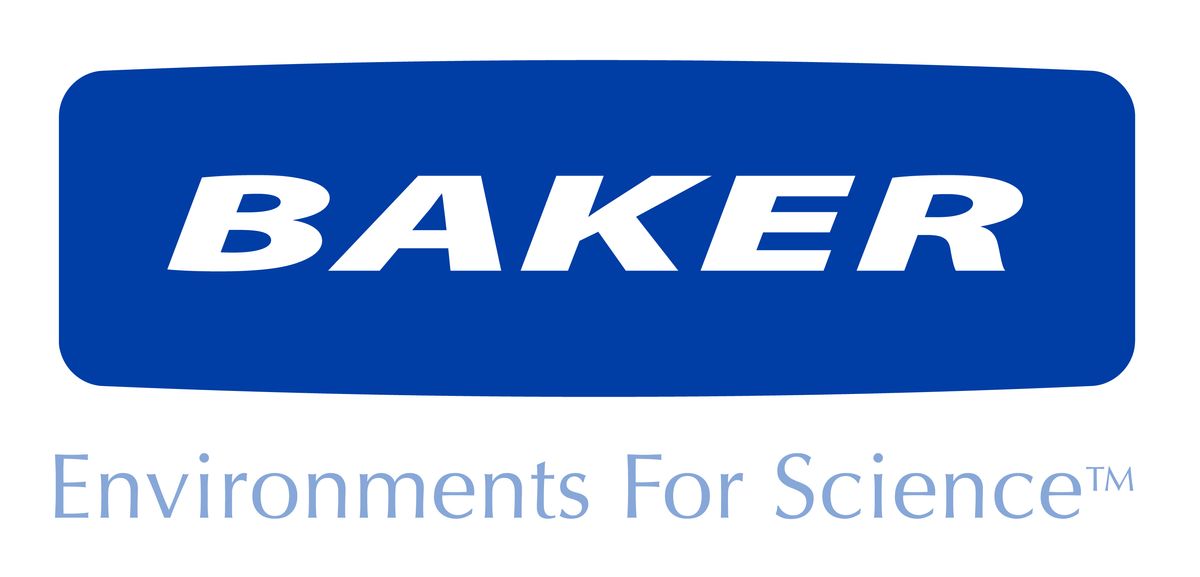Cell culture is an indispensable tool in biological research, allowing researchers to unravel basic cellular processes by facilitating disease modeling and drug discovery. Growing any cell type in vitro demands proper physiological growth conditions. Cell culture incubators provide a stable and sterile environment, protecting cells from external changes and contamination.
Stabilizing Environmental Conditions
Maintaining constant environmental conditions and sterility in incubators is a challenge for scientists. Opening the incubator door destabilizes the established optimal conditions inside, and the recovery period after the door is closed takes 20-30 minutes, creating environmental stress that affects cell growth and behavior. Additionally, most incubators use HEPA filters to clean the air. However, these filters are typically small in size, and they do not clean the air rapidly, putting cultures at risk. Further, frequent door opening and ambient incubator growth conditions facilitate microbe entry and growth; therefore, researchers must periodically decontaminate their incubators. Most carbon dioxide incubators use a high-temperature decontamination cycle that takes up to 12 hours, increasing instrument downtime and decreasing productivity. Collectively, these factors contribute to changes in culture conditions, jeopardizing cell growth. In sensitive and expensive stem cells or primary cell cultures, cell culture failure could ruin important experiments and increase costs.
The ReCO2ver™ CO2 incubator from Baker addresses these problems with precisely maintained humidity, carbon dioxide, and temperature control. The ReCO2ver™ has an expansive, full-face HEPA filter that constantly generates clean air. Compared to contemporary incubators, ReCO2ver™ traps fewer particles inside the incubator, demonstrating better air quality. Additionally, ReCO2ver™ rapidly generates clean airflow in less than a minute. Its UV light and vaporized hydrogen peroxide decontamination protocol completes within 4 hours, effectively killing bacteria, fungi, and mycoplasma.
The Edge Effect
In addition to contamination, cell cultures are at risk due to the edge effect caused by liquid evaporation in incubators. Researchers often culture cells in multi-well plates, with each well containing a small volume of medium submerging the cell layer. In incubators, media volumes tend to diminish over time as liquid evaporates because of the plates’ loosely-fitted lids designed for air exchange. This creates volume discrepancies, skewing experimental results. In severe instances, the edge effect leads to complete drying in wells, which kills cells.
To avoid the edge effect, researchers typically use a water pan to increase the incubator’s humidity and maintain the plates’ liquid volumes. However, water pans create uneven humidity levels in various parts of the incubator. Further, door openings disrupt set humidity levels, requiring a long recovery time. The ReCO2ver™ incubator prevents media evaporation by accurately and uniformly maintaining high humidity across the incubator. Additionally, the set humidity point returns within 4 minutes after door closing, keeping the ideal internal conditions and the edge effect in check.
Together, ideal environmental conditions and their faster recovery after door closing are critical to cell cultures. Creating stable and healthy culture conditions ensures sample safety and improves assay quality in downstream applications.
References
- “Rapid recovery incubator,” The Baker Company, https://bakerco.com/wp-content/uploads/2021/07/ReCO2ver%E2%84%A2-Brochure.pdf, accessed on August 19, 2021.
- A. Johnson et al., “ReCO2ver™ CO2 incubator air cleanliness and recovery testing,” The Baker Company, 2021.
- M. Gallagher et al., “Controlling relative humidity and condensation in a CO2 incubator,” The Baker Company, 2021.








